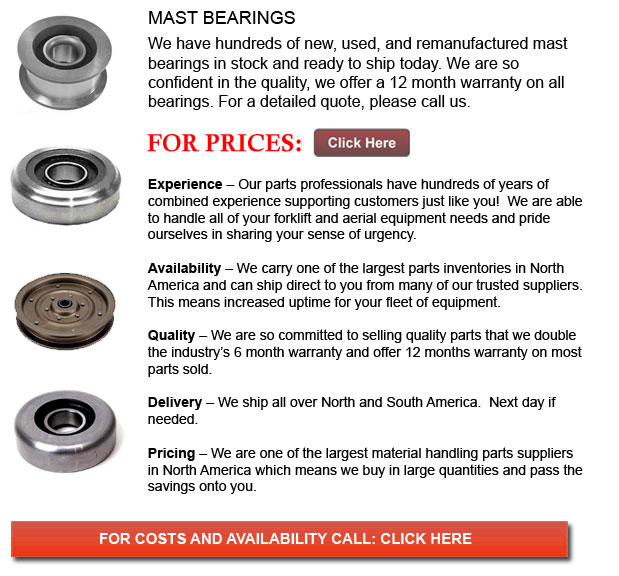
Mast Bearing - A bearing allows for better motion between two or more components, typically in a rotational or linear sequence. They may be defined in correlation to the flow of applied cargo the can take and according to the nature of their utilization.
Plain bearings are extremely commonly utilized. They utilize surfaces in rubbing contact, normally along with a lubricant like for example graphite or oil. Plain bearings may or may not be considered a discrete device. A plain bearing may have a planar surface that bears another, and in this particular case will be defined as not a discrete device. It can comprise nothing more than the bearing exterior of a hole together with a shaft passing through it. A semi-discrete example would be a layer of bearing metal fused to the substrate, whereas in the form of a separable sleeve, it will be a discrete gadget. Maintaining the proper lubrication enables plain bearings to be able to provide acceptable accuracy and friction at the least cost.
There are various types of bearings which can better reliability and accuracy and cultivate effectiveness. In various applications, a more fitting and specific bearing can enhance operation speed, service intervals and weight size, thus lessening the total costs of utilizing and purchasing equipment.
Many types of bearings together with varying material, application, lubrication and shape are available. Rolling-element bearings, for example, utilize spheres or drums rolling between the parts to reduce friction. Reduced friction provides tighter tolerances and higher precision as opposed to plain bearings, and less wear extends machine accuracy.
Plain bearings could be constructed of plastic or metal, depending on the load or how corrosive or dirty the surroundings is. The lubricants that are used may have drastic effects on the friction and lifespan on the bearing. For instance, a bearing can function without whichever lubricant if continuous lubrication is not an option because the lubricants could attract dirt that damages the bearings or tools. Or a lubricant may better bearing friction but in the food processing industry, it may need being lubricated by an inferior, yet food-safe lube to be able to prevent food contamination and ensure health safety.
Nearly all high-cycle application bearings require cleaning and some lubrication. From time to time, they could require adjustments to help minimize the effects of wear. Several bearings may need occasional maintenance to be able to prevent premature failure, while fluid or magnetic bearings may need little maintenance.
Extending bearing life is often achieved if the bearing is kept well-lubricated and clean, even though, some kinds of utilization make constant maintenance a hard job. Bearings located in a conveyor of a rock crusher for instance, are continuously exposed to abrasive particles. Regular cleaning is of little use in view of the fact that the cleaning operation is expensive and the bearing becomes dirty once again when the conveyor continues operation.
![]() Click to Download the pdf
Click to Download the pdf
Forklift Parts
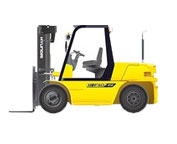
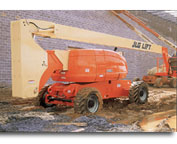
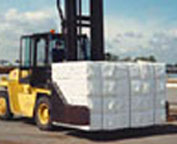

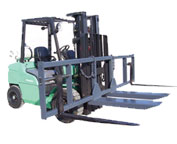
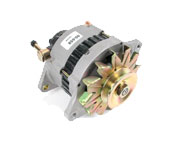
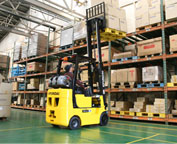
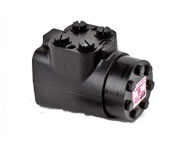
Lift Parts Express
TOLL FREE: 1-888-695-7994
LOCAL: 949-344-2070
3972 Barranca Parkway J-124
Irvine, California
forkliftpartsirvine.com
Email Us
About Us


